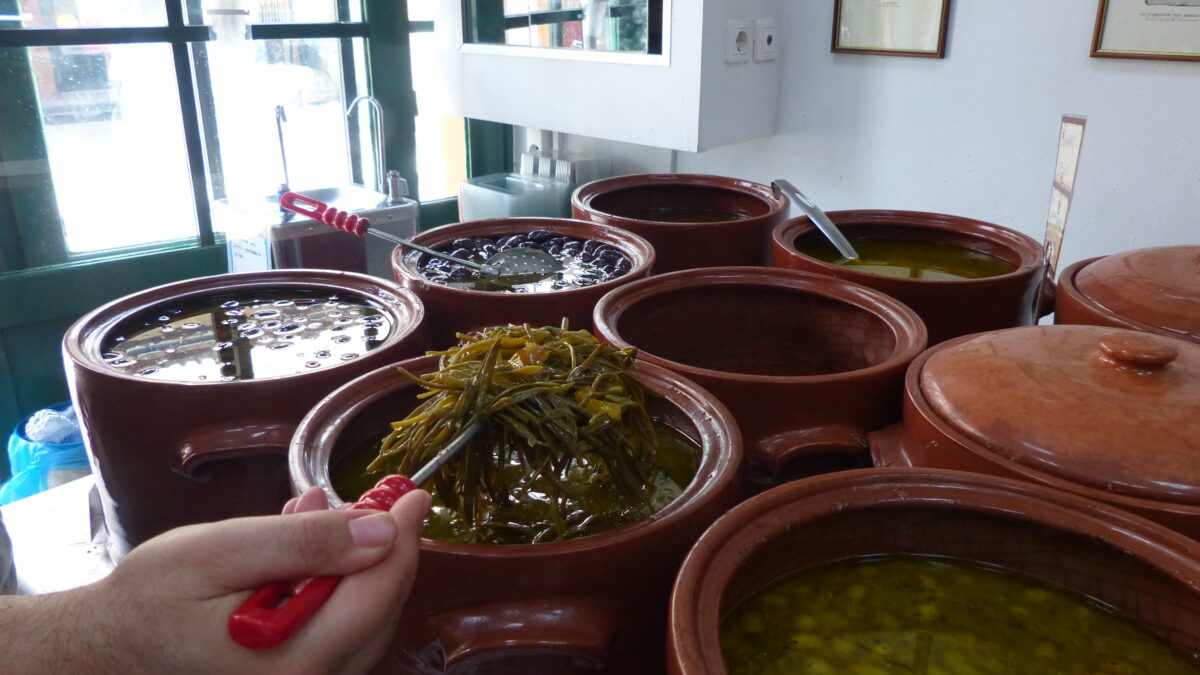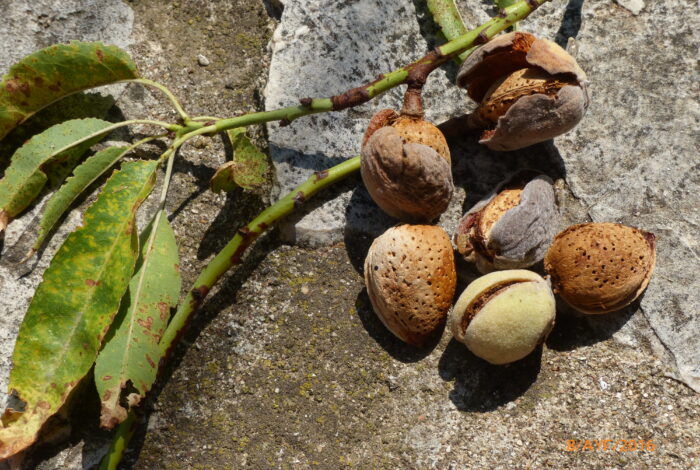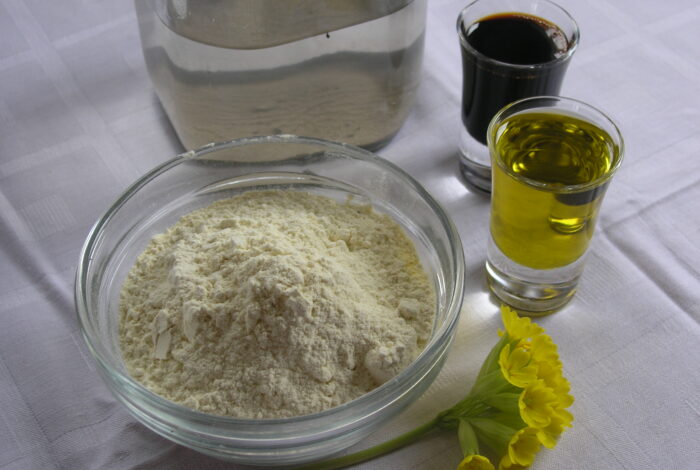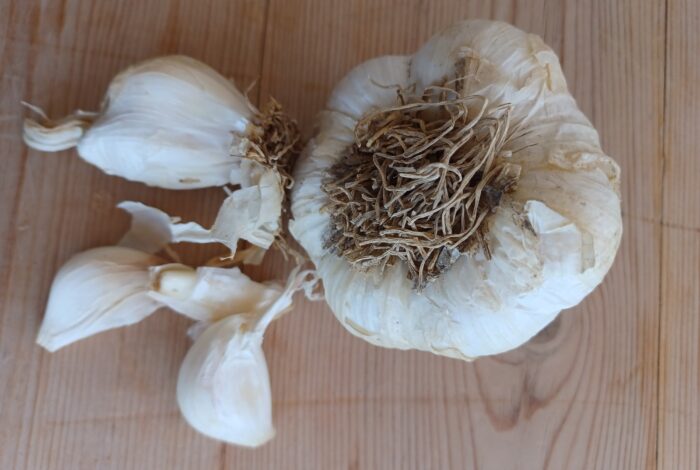Soultana-Maria Valamoti
The modern-day rock samphire, Crithmum maritimum, was known to the ancient Greeks by the name krethmon. The ancient physician Dioscorides Pedanius, who lived in the 1st century A.D., provides a detailed description of this plant in his De materia medica: it is a bushy herb that grows on rocky outcrops near the coast, with oily whitish leaves that have a somewhat salty flavour. It produces white flowers and its soft, round, sweetly aromatic fruit is similar to rosemary. When dried, its fruit opens up, revealing wheat-like seeds. The plant’s roots are similarly aromatic and flavourful. Dioscorides notes that when boiled in wine and consumed, the fruit, leaves and roots provide relief to patients suffering from urinary disorders or jaundice, while it is also an emmenagogue. He also describes how it is consumed: it may be boiled or eaten raw as a vegetable and is also capable of being preserved in brine. Hippocrates, who lived in the 5th – 4th century BC, also refers to rock samphire in a pharmaceutical context, where various parts of the plant, such as the root and the fruits, are combined with water or wine to prepare infusions.
Beyond the references in the ancient literature, however, no archaeological evidence of the plant has been found in sites dating to prehistoric times or antiquity. Rock samphire is absent from the archaeobotanical record, primarily because the parts of the plant that would be harvested and brought home for consumption were unlikely to have been tossed into the fireplace and carbonised so that archaeologists could uncover its remnants. As such, based solely on the ancient literature, the impressive variety of ingredients, as well as the cooking and/or preservation techniques available to ancient Greek cuisine are on full display. Furthermore, this exploration into antiquity also demonstrates the unbroken continuity of Greek cuisine; rock samphire is still consumed as a side dish or as an ingredient in salads in the modern day.
This modern herbal delicacy that grows on Greece’s rocky beaches was not only known to the ancient Greeks but was also consumed in largely similar fashion. Just like in Dioscorides’ time, today rock samphires are preserved in brine, occasionally with added vinegar. But they can also be consumed fresh from the seaside as a salad, usually after blanching. The plant is harvested locally and is available on the market either jarred in brine, or by weight, making it an option even in Greece’s urban centres.










